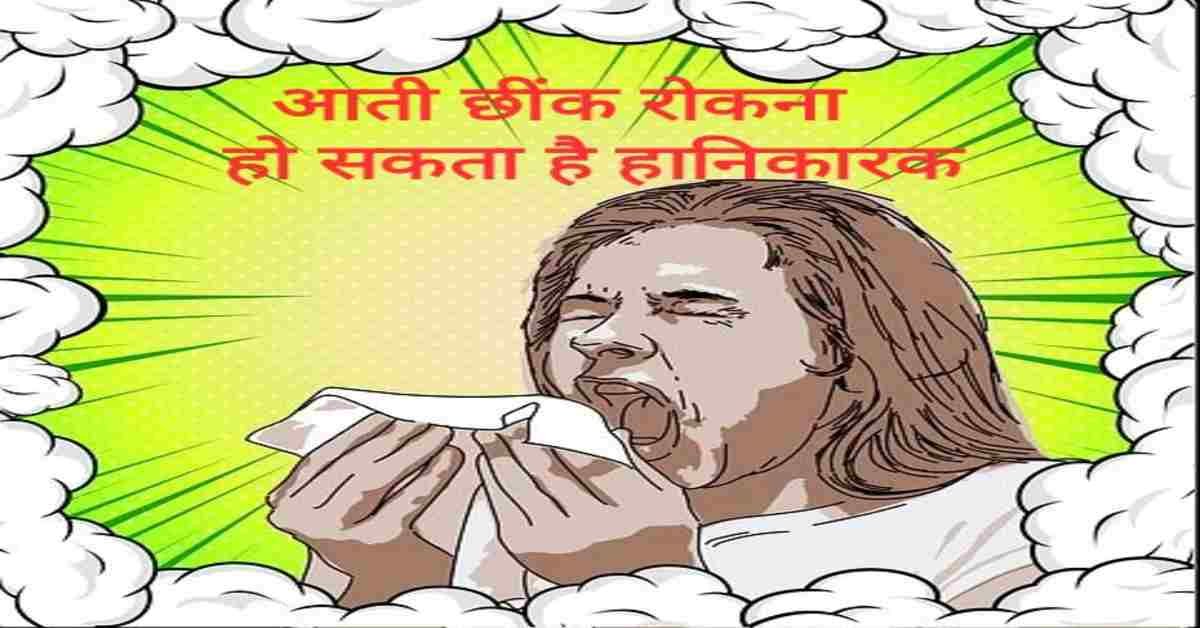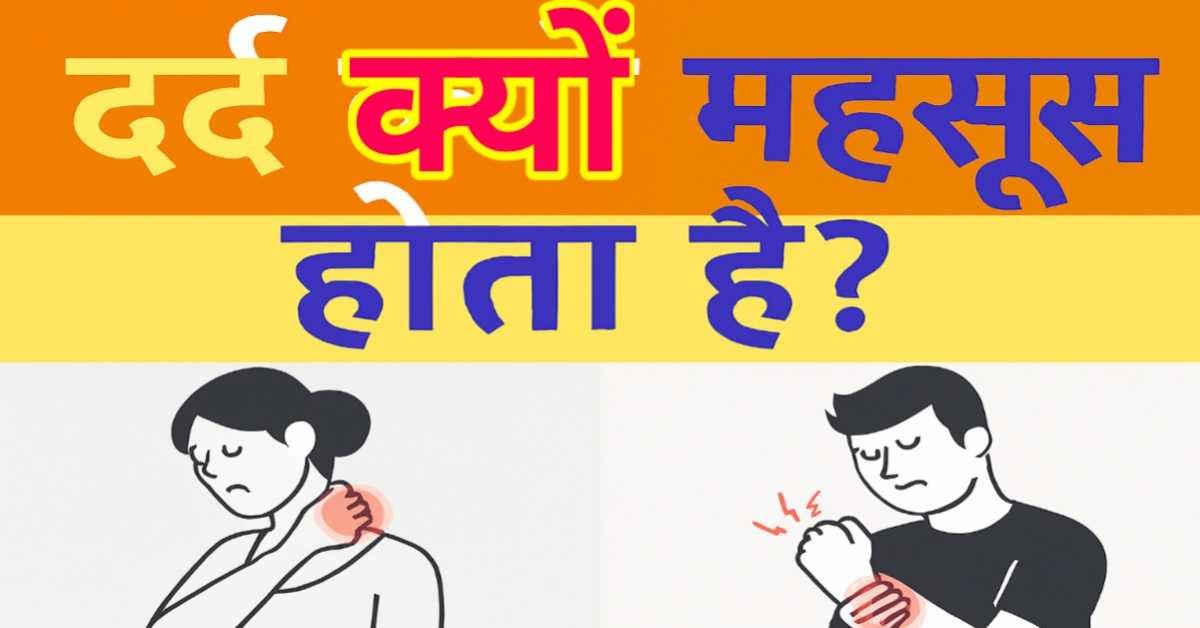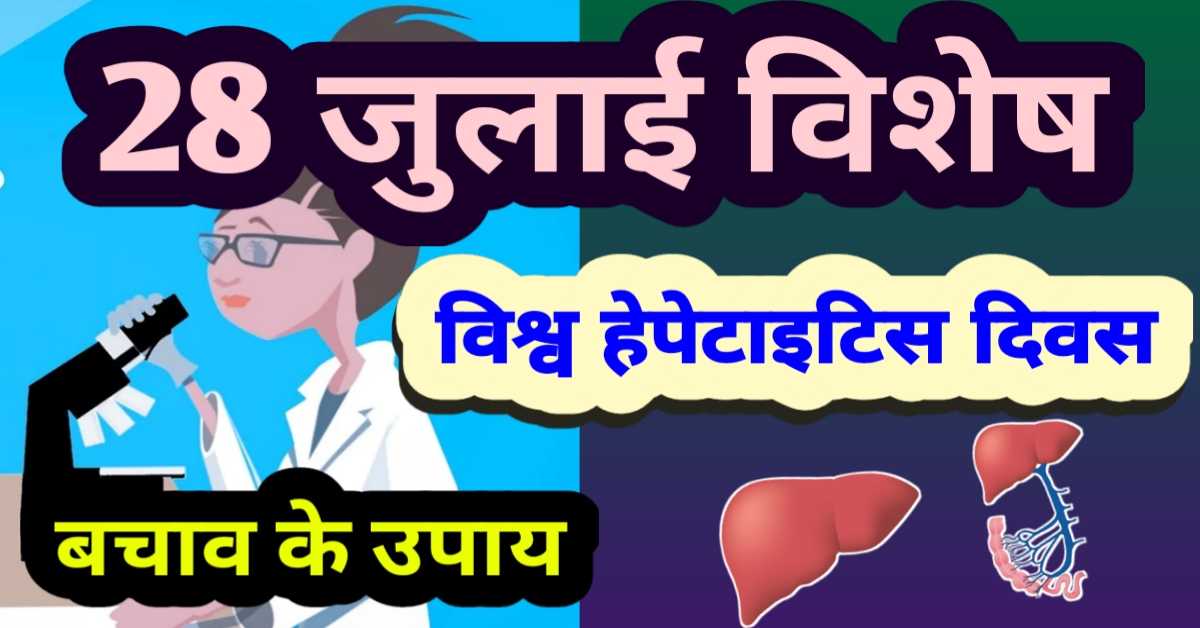
Sneezing is a natural action | छींकना स्वाभाविक क्रिया - आती छींक रोकना शरीर के लिए हानिकारक
आती हुई छींक रोकना शरीर के लिए नुकसानदायक है, यह जानने से पहले छींक से संबंधित महत्वपूर्ण तथ्यों पर एक नजर डाल लेते हैं। (Before knowing that the coming stopping sneezing is harmful for the body, let us have a look at the important facts related to sneezing.)
छींकना क्रिया क्या है? (What is sneezing)
'छींकना' एक स्वाभाविक प्राकृतिक क्रिया है जो हर मनुष्य को आती है। छींक आना स्वास्थ्य की दृष्टि अच्छा है। यह एक ऐसी क्रिया है जिसमें फेफड़ों से वायु नाक और मुख मार्ग से बेहद तेजी से निकलती है। इसे 'Semi-autonomous' क्रिया माना जाता है अर्थात ऐसी क्रिया जिस पर हमारा आधा नियंत्रण हो। इसे हम हिन्दी में 'अर्द्ध-स्वायत्त' क्रिया कह सकते हैं।
Sneezing is a natural natural action that comes to every human being. Sneezing is good for health. It is an action in which air from the lungs escapes very rapidly through the nose and mouth. This is considered a 'semi-autonomous' action i.e. an action over which we have half control.
इन 👇 प्रकरणों के बारे में भी पढ़ें।
1. 2DG कोविड-19 के इलाज की पहली स्वदेशी दवा
2. Covid-19 के इलाज हेतु नई विदेशी दवा –एन्टीबॉडी कॉकटेल
छींक आने का कारण (Reason for sneezing)-
जब हमारे नासाद्वार से शरीर में कोई अवांछित पदार्थ जैसे धूलकण, तम्बाकू या नसवार के महीन कण आदि प्रवेश करके हमारे नाक की झिल्ली (Membrane) जिसे mucus membrane कहा जाता है में ये तत्व चिपक जाते हैं या इस झिल्ली में घुस जाते हैं जिससे नाक में खुजलाहट होने लगती है, तब नाक से तंत्रिका के द्वारा तत्काल ही हमारे मस्तिष्क को सूचना पहुँच जाती है। मस्तिष्क तत्क्षण ही शरीर की मांसपेशियों को नाक की झिल्ली से उस अवांछित पदार्थ को बाहर निकालने के लिए आदेशित करता है कि उस पदार्थ को बाहर निकालें। तो फिर फेफड़ों में श्वॉस भरकर तीव्रगति से वायु नासाद्वार और मुख से छींक के रुप में बाहर निकलती है।
छींक आने की गति का तेज होना इसी सिद्धांत पर कार्य करता है जैसे कि तेज चलती वायु कई वस्तुओं को अपने स्थान से हटा देती है। आपने देखा होगा किसी वस्तु से धूल हटाने के लिए हम उस पर फूँक मारते हैं। यदि कुछ धूल चिपकी रह जाती है तो और तेजी से और फूँक मारते हैं। ठीक इसी तरह हमारी नाक की झिल्ली से अवांछित पदार्थ को हटाने के लिए छींके बार बार आती हैं।
When any unwanted substance like dust particles, tobacco or naswar particles of nasal passages enter the body through our nostrils Membrane that is called mucus membrane, these elements stick or penetrate into this membrane causing itching in the nose, then information reaches our brain immediately through the nerve from the nose. The brain immediately orders the muscles of the body to remove that unwanted substance from the nasal membrane, to expel that substance. Then by filling the breath in the lungs, the air comes out in the form of sneeze from the nostrils and mouth.
The speed of sneezing works on the same principle as the fast moving air dislodges many objects from their place. You must have seen that to remove dust from an object, we blow on it. If some dust sticks to it, blow more quickly. Similarly, sneezing is repeated to remove unwanted material from the membrane of our nose.
छींक क्रिया में कौन कौन से अंग काम करते है? (Which organs work in sneezing)
छींकना एक छोटी सी क्रिया है किन्तु इस क्रिया में हमारा पेट, सीना, फेफड़े, डायफ्रॉम, वाकतंतु, गर्दन, नाक, मुँह, आँखें यहाँ तक कि हमारे हाथ सभी एक साथ मिलकर छींक क्रिया के सम्पन्न होने में सहयोग देते हैं। आपने देखा जब हमें छींक आती है तब हमारे हाथ सीधे चेहरे को ढँक लेते हैं। छींकने के लिए मुँह से श्वॉस भरी जाती है और नासाद्वार मुँह से तेजी के साथ बाहर निकाली जाती है और पूरे शरीर को झटका लगता है। कई बार व्यक्ति छींक निकालने से पहले कुछ क्षण शांत स्थिर रहता है फिर तेजी से छींक आती है। छींक आने के साथ ही वह अवांछित तत्व नाक से बहर निकल जाता है और हल्का सा पानी नाक से बहने लगता है।
Sneezing is a small action, but in this action our stomach, chest, lungs, diaphragm, vocal cords, neck, nose, mouth, eyes even our hands all join together to sneeze action and contribute to its completion. You have seen that when we sneeze, our hands directly cover the face. For sneezing, the breath is filled through the mouth and the nostrils are exhaled from the mouth and the whole body is shocked. Sometimes a person remains silent for a few moments before exhaling, then sneezes rapidly. With sneezing, that unwanted substance comes out from the nose and a little water starts running from the nose.
इन 👇 प्रकरणों के बारे में भी पढ़ें।
1. कोरोना के मरीज ब्लैक फंगस बीमारी से कैसे बचें
2. ब्लैक फंगस बीमारी के लक्षण क्या है?
3. कोरोना से लड़ने की ताकत आपके अंदर है, उसे पहचाने
4. ब्लैक फंगस शरीर के अंदर कैसे पहुंचता है?
5. ब्लैक फंगस शरीर पर कैसे कार्य करता है?
सबसे अधिक छींक कब आती है? (When do you sneeze the most?)
किसी व्यक्ति को ज़ुकाम की स्थिति में सबसे अधिक छींके आती हैं। ऐसा इसलिए होता है क्योंकि ज़ुकाम की वजह से हमारी नाक के भीतर की membrane में सूजन आ जाती है और नाक में ख़ुजलाहट होती है। कई बार एलर्जी के कारण भी बार बार छींकें आती हैं। कभी-कभी तेज प्रकाश से आँख के रेटिना से मस्तिष्क को जाने वाली optic nerves (नाड़ी) के उत्तेजित हो जाने के कारण भी छींक आती है।
Sneezing occurs most often when a person is cold. This is because a cold causes swelling of the inner membrane of our nose and itchy nose. Sometimes allergies also cause frequent sneezing. Sometimes sneezing is also caused by strong light stimulating the optic nerves from the retina of the eye to the brain.
इन 👇 प्रकरणों के बारे में भी पढ़ें।
1. टीका लगने पर बुखार क्यों आता है?
2. कोरोना के इलाज में घर पर- क्या करें, क्या न करें?
3. covid-19 का टीका लगाने से पहले इन बातों पर ध्यान दें।
4. covid-19 बचाव हेतु एक ही तरह की वैक्सीन लगवाएं।
5. क्या तनाव कोरोना वैक्सीन के प्रभाव को कम कर सकता है?
6. प्लाज्मा थेरेपी से Covid19 का इलाज कैसे किया जाता है?
छींक आने पर आँखें क्यों बंद हो जाती हैं? (Why do your eyes close when you sneeze?)
छींक आते समय शरीर में कंपन होता है तथा आँखें बंद हो जाती हैं। छींकते समय मुँह और नाक से जो वायु बाहर निकलती है, उसका वेग 100 से 160 किलोमीटर प्रति घंटा तक होता है। पलके झपकने के लिए Trigeminal (त्रिपृष्ठी) नस जिम्मेदार होती है। ये Nerve आँख, मुँह, नाक, जबड़े तथा चेहरे को नियंत्रित करती है। छींक आने पर मस्तिष्क हर प्रकार के अवरोधों को दूर करने का निर्देश देता है जो कि इस nerve को भी मिलता है और इसी वजह से आँखे बंद हो जाती हैं जिससे छींक प्रक्रिया पूरी हो सके।
छींकने के बाद व्यक्ति अक्सर ताजगी महसूस करता हैं। सिर में हल्कापन लगने लगता है। ऐसा इसलिए होता है छींकते समय शरीर कंपायमान होता है जिससे कुछ देर हल्कापन महसूस होता है।
While sneezing, the body vibrates and the eyes are closed. The velocity of the air that comes out from the mouth and nose while sneezing is from 100 to 160 kilometers per hour. Trigeminal nerve is responsible for blinking. This nerve controls the eyes, mouth, nose, jaw and face. When sneezing, the brain instructs to remove all kinds of blockages which this nerve also gets and due to this the eyes are closed so that the sneezing process can be completed.
People often feel refreshed after sneezing. There is a feeling of lightness in the head. This is because the body vibrates while sneezing, which causes a feeling of lightness for some time.
आती छींक रोकना शरीर के लिए हानिकारक (Stopping sneezing is harmful to the body)-
जब कोई व्यक्ति छींक को रोकने या छींक की तीव्रता को कम करने का प्रयास करता है तो वायु का दबाव नाक, गले की कोशिकाओं पर पड़ता है जिससे शरीर को नुकसान हो सकता है। कभी कभी तो छींक रोकने का दुष्परिणाम मष्तिष्क पर भी देखने को मिल सकता है। अतः आती हुई छींक को रोकने को रोकने का प्रयास बिल्कुल नहीं करना चाहिए। हाँ छींकते समय नाक और मुँह पर रुमाल अवश्य लगा लेना चाहिए।
When a person tries to stop a sneeze or reduce the intensity of a sneeze, the air pressure falls on the cells of the nose, throat, which can harm the body. Sometimes, the ill-effects of stopping sneezing can be seen on brain as well. Therefore, no effort should be made at all to stop the coming sneezing. Yes, while sneezing, a handkerchief must be put on the nose and mouth.
निद्रावस्था में छींक नहीं आती क्यों? (Why don't we sneeze in sleep?)
अक्सर आपने देखा होगा कि किसी व्यक्ति को नींद के समय छींक नहीं आती या जिस व्यक्ति को छींके आ रही हैं तो उसे नींद नहीं आ सकती है। व्यक्ति को नींद की अवस्था में छींक नहीं आ सकती है क्योंकि निद्रावस्था में सारा nervous system आराम की अवस्था में होता है और छींक से जुड़ी नसें, पेशियाँ भी आराम की स्थिति में होती हैं, इसलिए कभी भी निद्रावस्था में छींक नहीं आती है।
Often you must have noticed that a person does not sneeze during sleep or the person who is sneezing cannot sleep. A person cannot sneeze in sleep state because in sleep the whole nervous system is in a state of rest and the nerves, muscles associated with sneezing are also in a state of rest, so anytime in sleep state doesn't sneeze.
इन 👇 प्रकरणों के बारे में भी पढ़ें।
1. कोरोना वायरस के संक्रमण से बचने के लिए ये 10 बातें आवश्यक
2. कोरोना संक्रमण से बचने व स्वस्थ रहने के लिए उपाय
3. भाप लेने की क्या फायदे हैं
4. बन्द या बहती नाक (जुकाम/फ्लू) के पाँच घरेलु इलाज
5. क्या हवा से भी कोरोनावायरस फैल सकता है?
6. टीका के बगैर रोग प्रतिरोधक क्षमता कैसे बढ़ती है?
7. covid-19 महामारी से संबंधित महत्वपूर्ण तथ्य
आशा है या लेख सामान्य ज्ञान की दृष्टि से महत्वपूर्ण एवं उपयोगी होगा।
धन्यवाद।
RF competition
infosrf.com
संबंधित जानकारी नीचे देखें।
(Watch related information below) 👇🏻

आशा है, उपरोक्त जानकारी उपयोगी एवं महत्वपूर्ण होगी।
(I hope the above information will be useful and important. )
Thank you.
लेखक
(Writer)
infosrf.com








